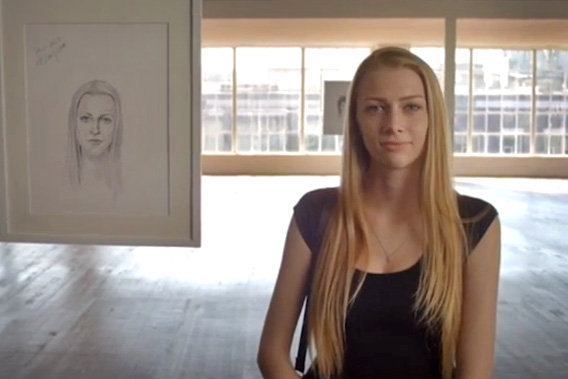The ads, with their “women rule” themes, are intended to buff the featured brands and sell everything from shampoo and makeup to educational toys and schooling.
Some of the ads have instantly gone viral, such as the recently launched #LikeAGirl from Procter & Gamble’s Always feminine care line, collecting online high-fives along with 10.5 million video views on YouTube in its first four days.
Other work has been less successful at hitting the mark, like Dove’s most recent “Patches” spot that tricked female participants in a study into feeling better about themselves with a “pharmaceutical” confidence-boosting patch that turned out to be a placebo.
There’s often a push-pull, said media critic Barbara Lippert, between advertisers’ bottom-line need to sell products and their expressed interest in propping up half the population.
“Since the old Charlie perfume, advertisers have been co-opting feminist images to sell stuff,” Lippert, a columnist for Mediapost.com, said. “At least it’s better than tired, throwback images. The net effect is somewhere around good.”
Using trend-right fempowerment messages might help meet sales goals and burnish images, but when is it opportunistic and when is it sincere? Plenty of advertisers are putting their fingers in the wind, Lippert said, and may jump on the girls-rule bandwagon for their campaigns. The public will sniff out the inauthentic, she said.

Even those brands whose hearts may be in the right place can misfire. After all, it’s a fine line between fostering self-esteem (American Eagle’s Aerie brand and its unphotoshopped girls ads, HelloFlo celebrating menstruation for tweens and teens) and laying it on a little too thick (critics have called Dove’s “Patches” condescending).
There’s also the issue of brands that tout “real” women, feminist themes and unadorned beauty yet continue to use supermodels and glamorous actresses in some of their campaigns.
Veteran ad executive Terri Meyer, principal at The Terri & Sandy Solution, said she wants to believe that there’s a noble motive behind the current wave of fempowerment ads.
“Everybody wants to emulate Dove, sure, but advertisers are making a concerted effort, and that’s when advertising can be at its best,” said Meyer, whose firm released a study that found 91% of women in a recent poll think advertisers don’t understand them. “They see that there’s a need for positive messages and images, and what they’re doing is meaningful.”
[divider scroll_text=”Back To Top”]
